The first club in Curaçao was established at a time when the island had just 25,000 inhabitants and there wasn’t a football field in sight. In fact, the first game of CVV Republic against the Dutch Marines was held in the garden of the Santa Famia Church. The friars, who were also the schoolteachers, played a big role in the early years, among other things by clearing plots of land to create playing fields.
History
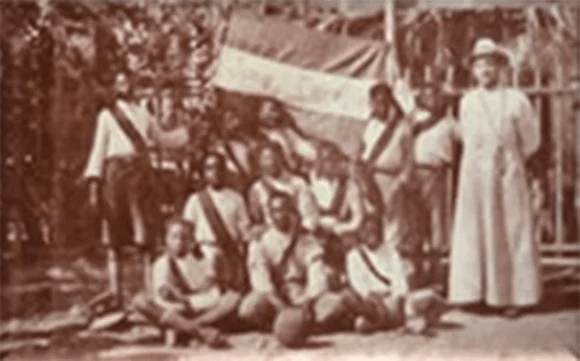
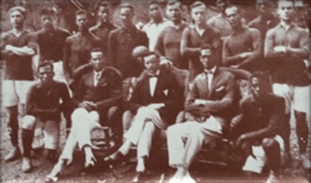
The Curaçao Football Federation (Curaçaose Voetbal Bond) CVB was established and organized the first Curaçao Championship with eight clubs participating.
The first national selection traveled to Haiti to play against Haiti, Jamaica and the Dominican Republic. We did very well in the tournament, with several wins over Haiti and the Dominican Republic.
The CVB affiliated with FIFA and exchanges with neighboring countries followed on a regular basis.
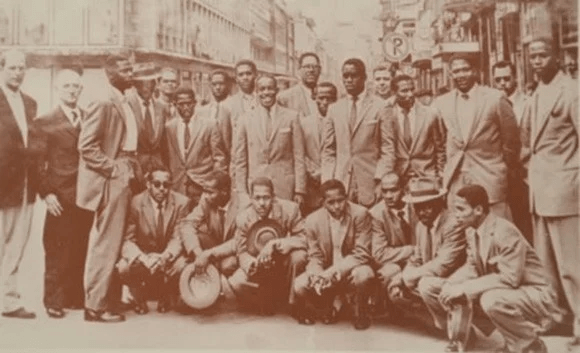
The First CONCACAF Championship took place in San José, Costa Rica. Participating countries were Costa Rica, Curaçao, Nicaragua, El Salvador and Panama. Curaçao came in 3rd. That same year the Curaçao and Aruba federations joined forces and established the Netherlands Antilles Football Federation NAVB. The winners of the local island championships could now play for the title of Netherlands Antilles Champion.
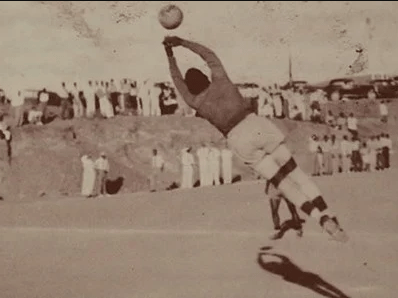
In May 1946 the CVB celebrated its 25th anniversary with an international tournament in Curaçao. Visiting teams were Aruba, Surinam, Atletico Juniors (Colombia) and Feyenoord (The Netherlands). Curaçao won all matches. The last one against the famous Dutch Feyenoord attracted a large number of spectators and Curaçao won 4-0. That summer our team traveled to Holland for three months and played nine matches against various teams, of which the 3-3 draw against Feyenoord is vividly remembered. More than 37,000 fans came to the Rotterdam stadium, almost as many as the entire population of Curaçao at the time! And young goalkeeper Ergilio Hato made a lasting impression with his amazing athletic abilities and leaping strength.

Our national team performed well in the next CONCACAF Championship and won the Central American and Caribbean Games gold medal. Hato became a legend in South America and the Caribbean and will always be remembered as “El pantera negra”. He was offered several contracts abroad but always chose to stay close to home. The Curaçao national stadium was later named after him.
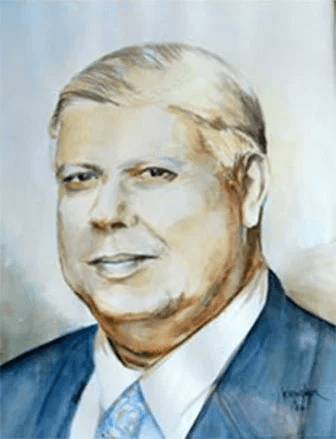
1958 brought another organizational change with the establishment of NAVU, the Netherlands Antilles Football Union. Soon after, the Aruban AVB affiliated with NAVU and the Bonaire Football Federation BVB followed in 1959. Players from all three islands could now participate in the national selection.
The legacy of Mordy Maduro
The driving force behind NAVU and FFK was Mordy Maduro, president of CVB from 1951 and of NAVU from 1958 to 1971. He was also elected vice-president of FIFA in 1960 and re-elected in 1968. Thanks to him many foreign teams visited Curaçao in those years. His great contribution to football development was honored in 2002 by naming the NAVU Development Center after him.
More professional preparation
In 1977 the CVB changed its name to FFK (Curaçao Football Federation in Papiamentu), which it still carries today. Aruba gained ‘status aparte’ within the kingdom in 1986, retiring from NAVU and successfully applying for separate FIFA-affiliation. In the following years, selections in different age-categories (U-17, U-20) participated in CONCACAF and FIFA pre-qualifying tournaments. Training became more professional, and the U-17 selection even reached the second round in 1996.
